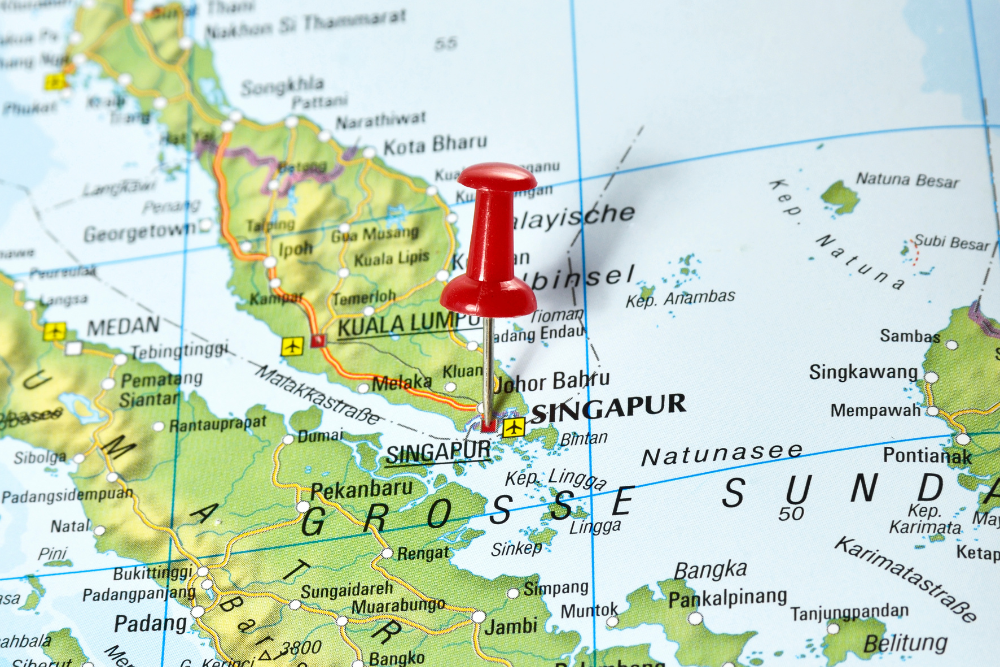Singapore is often regarded as one of the safest cities in the world, with low crime rates and efficient law enforcement. However, like any major urban center, it is not immune to scams. While most of the time you’ll enjoy a trouble-free experience, it’s always wise to be aware of common scams that can affect both tourists and locals. Here’s a guide to some of the scams you should be aware of during your visit to Singapore.
1. Overcharging at Taxis

Although Singapore’s taxi system is generally reliable and metered, overcharging can still happen, especially if you’re unaware of the rules or taking a taxi from certain areas. In rare cases, unscrupulous drivers might try to take advantage of tourists.
How to Avoid It:
- Always check the meter: Ensure the meter is turned on and that the correct fare is being charged.
- Know the route: It helps to have a basic idea of the route to your destination. If you’re unfamiliar with the area, use a navigation app like Google Maps to check if the driver is taking you on a longer route than necessary.
- Airport taxis: Taxis from Changi Airport might charge an additional airport surcharge. While this is normal, ensure you’re not being overcharged by confirming fares at the taxi booth.
2. Fake Tour Guides or Travel Agents

Some scammers may approach you offering to guide you around the city or sell you tickets to popular attractions at a “discounted price.” These offers can seem tempting, but often the tours are low-quality or completely nonexistent, and the tickets are fake.
How to Avoid It:
- Use official sources: Always book tours, tickets, or transportation services from official websites, authorized ticket counters, or reputable travel agencies.
- Avoid street offers: Be cautious of individuals offering you deals on the street or in touristy areas. They may pressure you into paying upfront for something that doesn’t exist.
3. Fake Charity Scams

In some cases, you might be approached by individuals or groups claiming to be raising money for charitable causes. While some are legitimate, others use charity as a front to exploit generous tourists or locals.
How to Avoid It:
- Verify the charity: If someone asks for a donation, politely ask for the organization’s details and research them online. Reputable charities usually have clear contact details and online presence.
- Donate at authorized locations: If you want to donate, consider giving directly at official charity shops, booths, or through their verified online platforms.
4. Skimming at ATMs

Though rare, ATM skimming (where thieves secretly collect your card details and PIN) can happen in tourist areas. This usually involves devices that are attached to ATMs, capturing your card information.
How to Avoid It:
- Check the ATM: Before using an ATM, check for any unusual devices attached to the card slot or keypad.
- Use well-lit, busy areas: Use ATMs located in bank branches or well-trafficked areas rather than remote, unattended machines.
- Monitor your bank statements: Always check your bank account for any suspicious transactions after withdrawing money.
5. The “Accidental” Bumping Scam

In this scam, someone will intentionally bump into you or spill something on you, often in crowded areas like shopping malls or tourist spots. While you’re distracted by the mess, the scammer might take the opportunity to snatch your belongings or wallet.
How to Avoid It:
- Stay vigilant: Be mindful of your surroundings, especially in crowded places.
- Secure your belongings: Use anti-theft bags or wallets with zippers. Avoid keeping valuables in easily accessible pockets.
- Pay attention to your belongings: If someone bumps into you, check your pockets and bags immediately.
Conclusion
While Singapore is generally a safe place for tourists, it’s always good to be aware of common scams. By staying vigilant and exercising caution, you can minimize your risk and enjoy a safe, hassle-free visit to this beautiful city. If you find yourself in a difficult situation, don’t hesitate to contact local authorities or visit a tourist information center for assistance.












